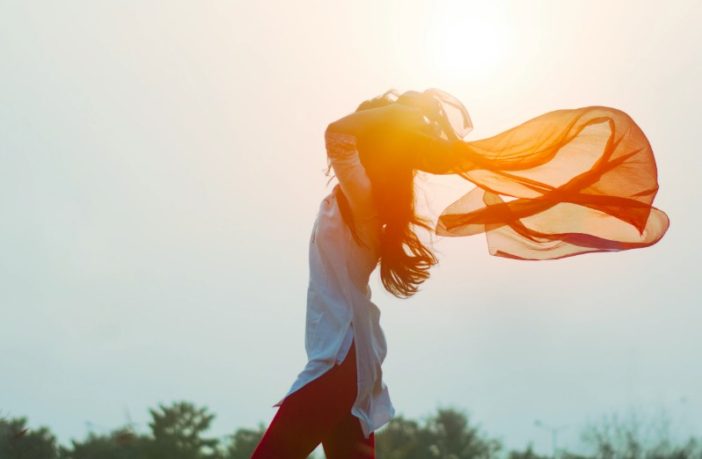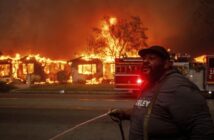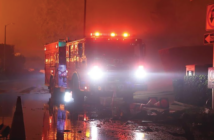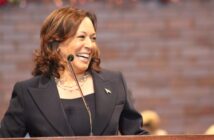By Joseph Williams,
Word In Black
Jenn Roberts had done everything right. But it all felt wrong.
“I was one of the first in my family to go off to college,” she said. “I found a good guy in college, got married really early — did all the things I was supposed to do. And then I woke up one day: ‘This doesn’t feel good. I’m not happy, my (soon to be former) husband is not happy, now we have kids. Everything just started crumbling, everything that I had worked so hard for.”
So she started dancing — something she’d done throughout school but gave up when she became an adult. That reinvigorated a feeling, she said, “When I used to not care what people thought, when I used to just do the things that feel good. And then, my friends were watching, and they were like, ‘We want to do it, too! You look peaceful, You look happy, you look free.’”
That feeling of freedom inspired Roberts to start holding gatherings for friends and friends of friends, creating a space where they could talk, share and be themselves. Those gatherings soon evolved into the Colored Girls Liberation Lab, a creativity, education and self-care community designed to allow Black women to shake off the twin shackles of racism and patriarchy, in a supportive environment.
“Black women can come in and say, ‘Hey, I just need a space to fall apart a little bit with people who are going to care and hold me and help me and pick me back up,’” she said. “‘And once I get to that space, I need some people who are going to tell me that whatever I dream up for my life is possible and be there to cheer me on.’ And so that’s really what the lab is about: helping women be OK and free in life.”
While space to breathe and heal is its primary mission, Roberts emphasizes the “lab” element of her organization’s title. Along with self-care lessons, she encourages members to “play” with their lives — be imaginative, think big, envision a limitless future and dream of what they can do with nothing holding them back.
“This lab became a space for me to combine all of those things: art, creativity, sisterhood, Afrofuturism and design,” she said. In the laboratory, she said, she encourages participants to “really play around with the idea of what it looks like to have my own toolkit of liberation.”
For example, “every Monday at noon, we meet — it’s called ‘Dreams and Schemes,” Roberts said. “It’s a place that’s patterned after bell hooks’ ‘Sisters of the Yam’ space, where it really is a time to tell the truth of your life, to share your story: ‘OK, this thing is not working like I thought I wanted it to,’ and no one’s going to shame you for it.”
Rather than a set curriculum, Roberts said, the lessons and gatherings vary; so does leadership of the group discussions.
“Right now we’re doing one around [hooks’] ‘All About Love’: New Visions,’” Roberts said. “We’ve done ones on pleasure, we’ve done ones around plant medicine. And we come in for three to four weeks, every week. And whether it’s me or another woman from our community that has that knowledge to give, they’re able to bring us together and have us explore that topic in a way that doesn’t feel like they’re trying to tell us what to do, but in a way that we get to discover how we want to incorporate it ourselves.”
Living at the intersection of two major “-isms” — racism and sexism — is a unique, traumatizing burden Black women must carry, whether they want to or not, Roberts said. The Colored Girls Liberation Lab, she said, can help heal that trauma.
“One of my beliefs is that sometimes we don’t know what freedom looks like until we feel it,” she said. “I like to create spaces that feel good and that make Black women feel like, ‘Oh — this is what freedom feels like, this is what joy feels like. Let me recreate that at home.”
She goes on: “I really do think our liberation lies in our imagination and our ability to reimagine what systems look like, what our communities look like, what our personal care and love looks like. I think sometimes we don’t realize that just stopping and pausing and thinking is also doing. And I think that what we’re learning in this space is that the pause and the reflection in the healing part of it is action.”
This story was produced in partnership with the W.K. Kellogg Foundation. This article was originally published by Word In Black.



